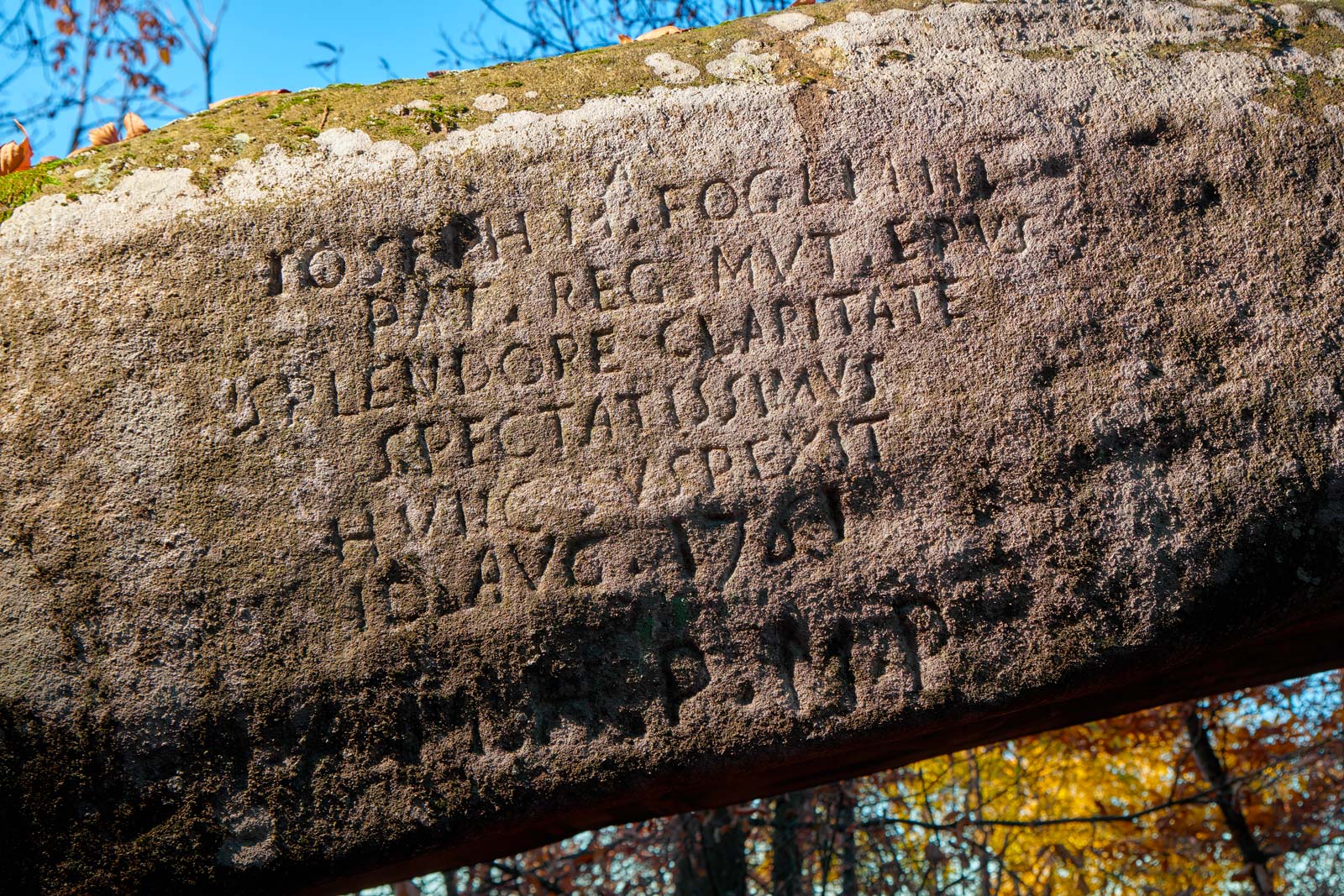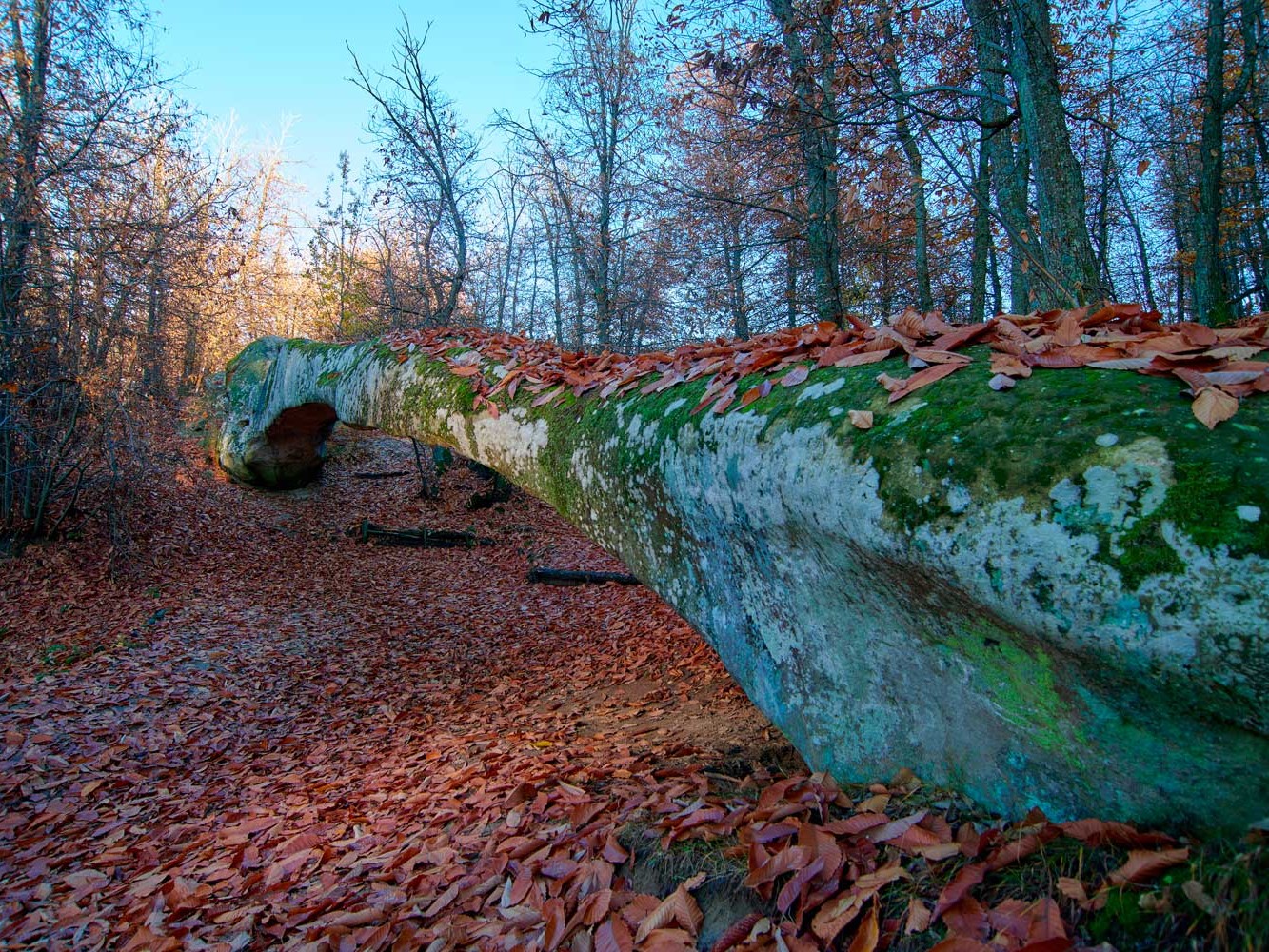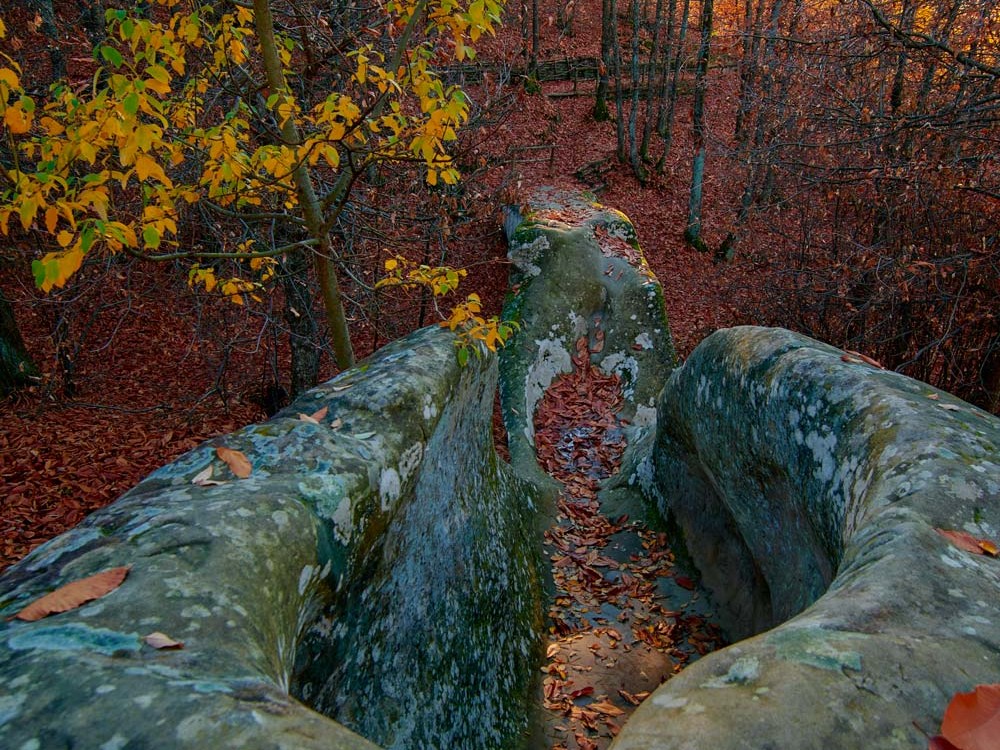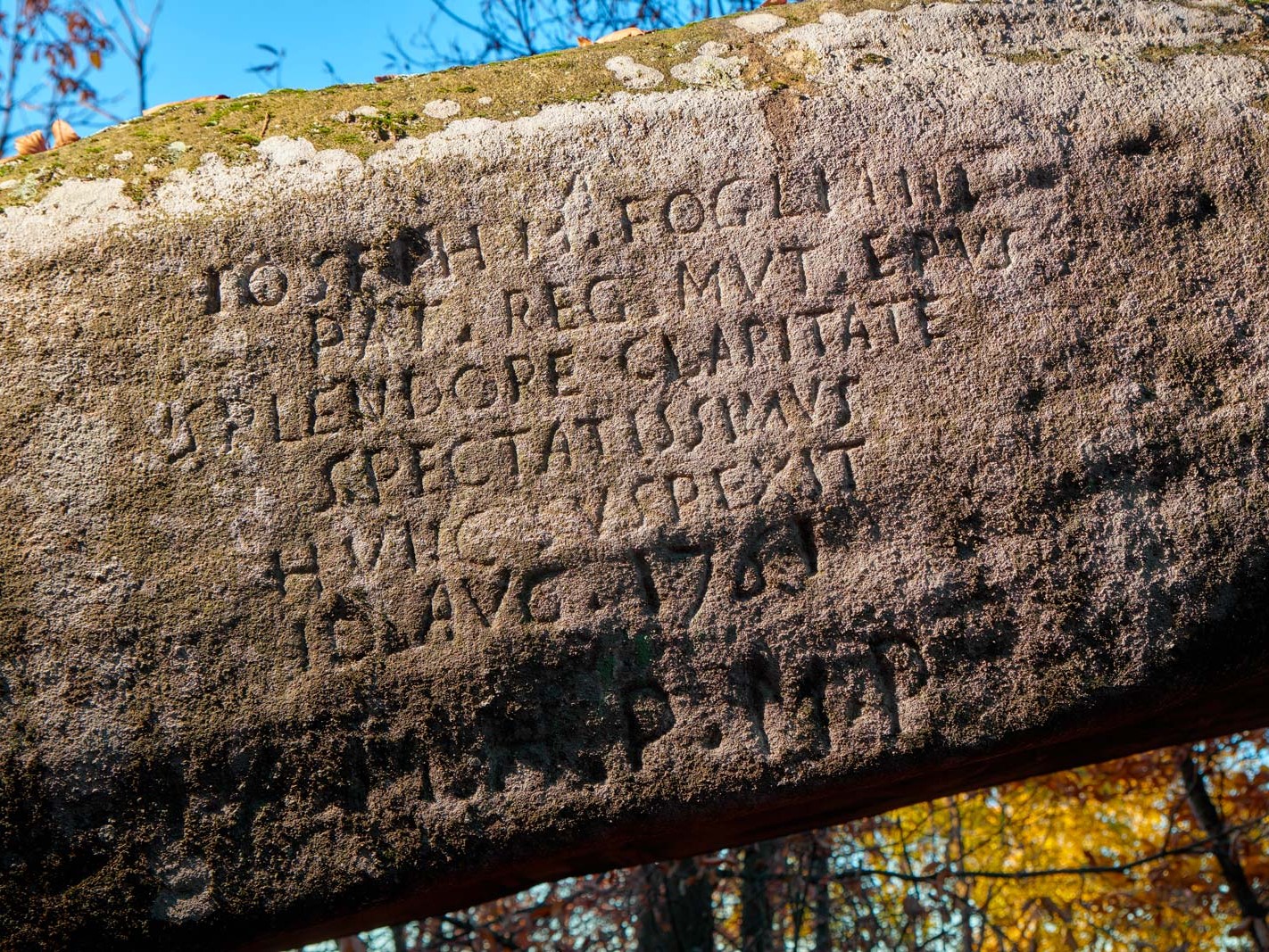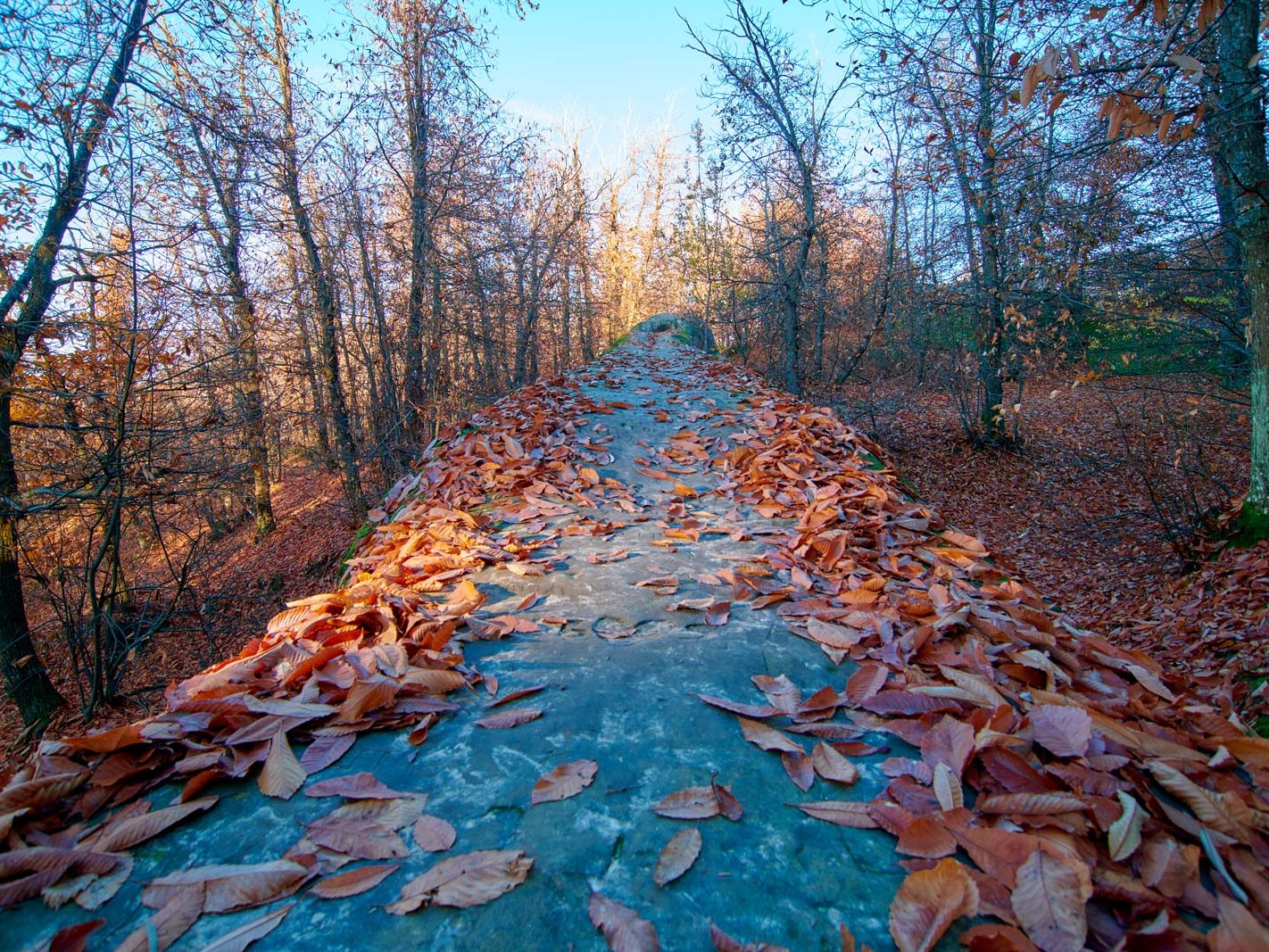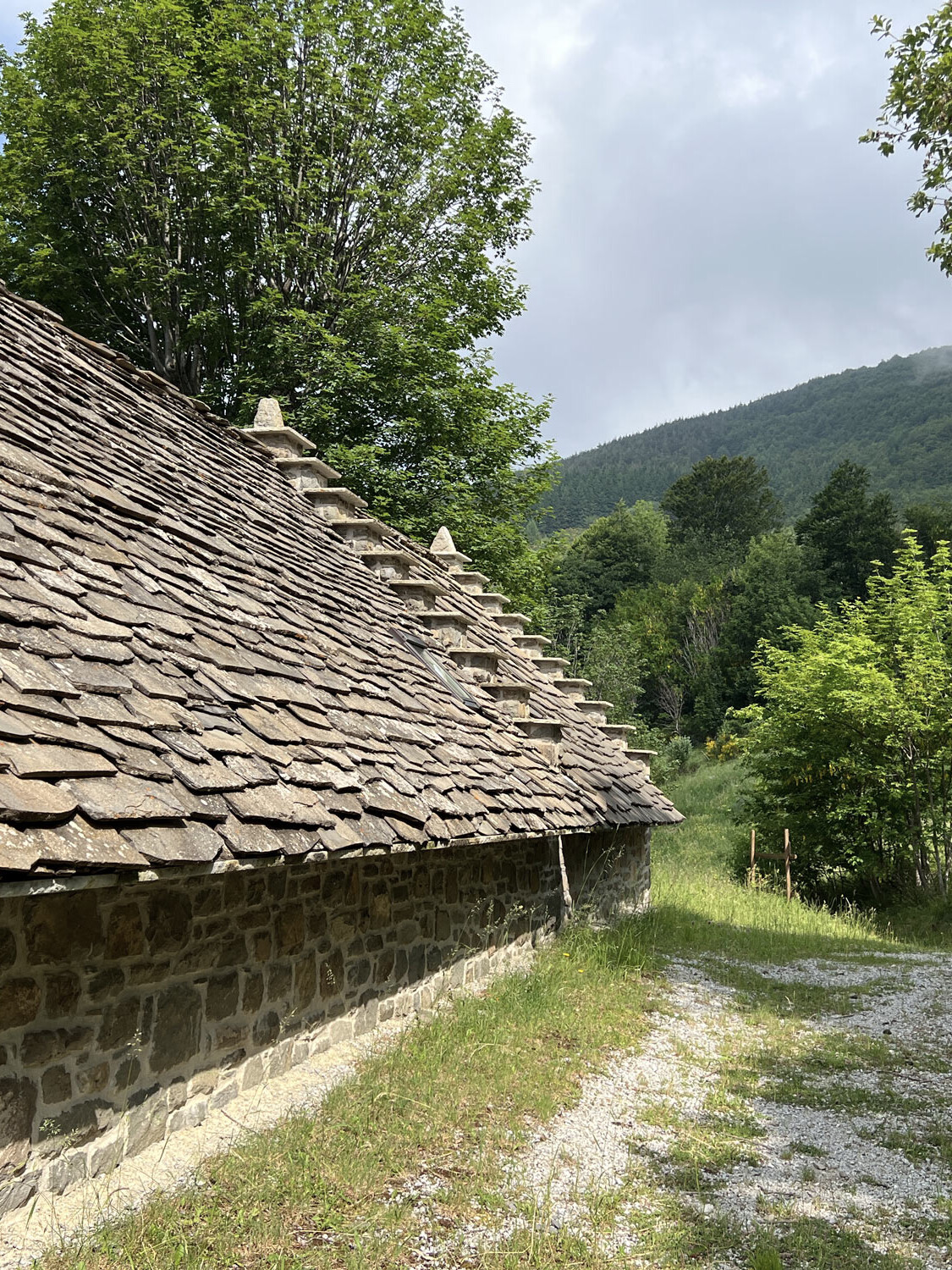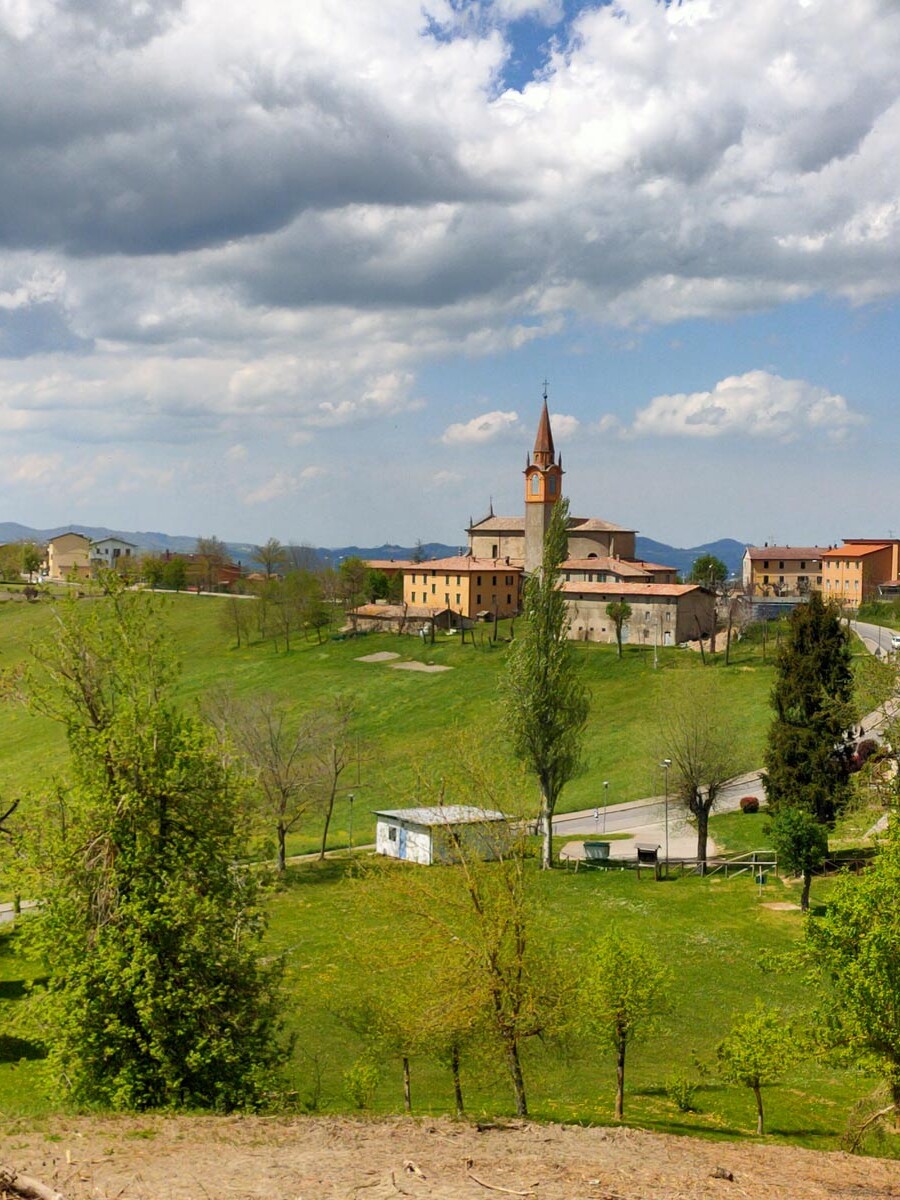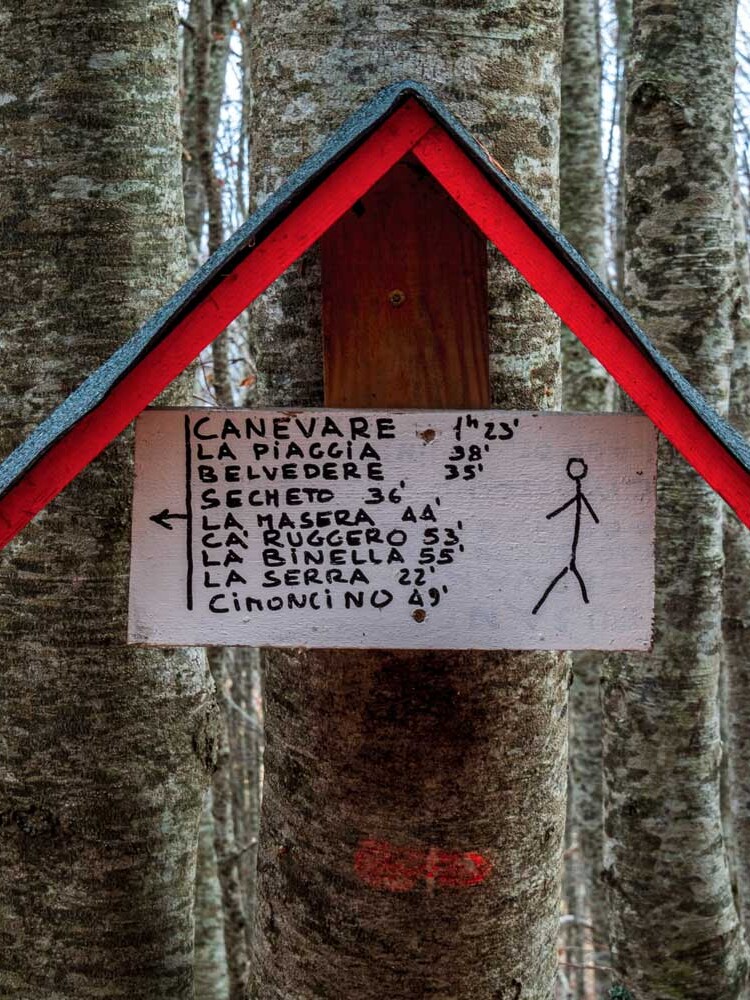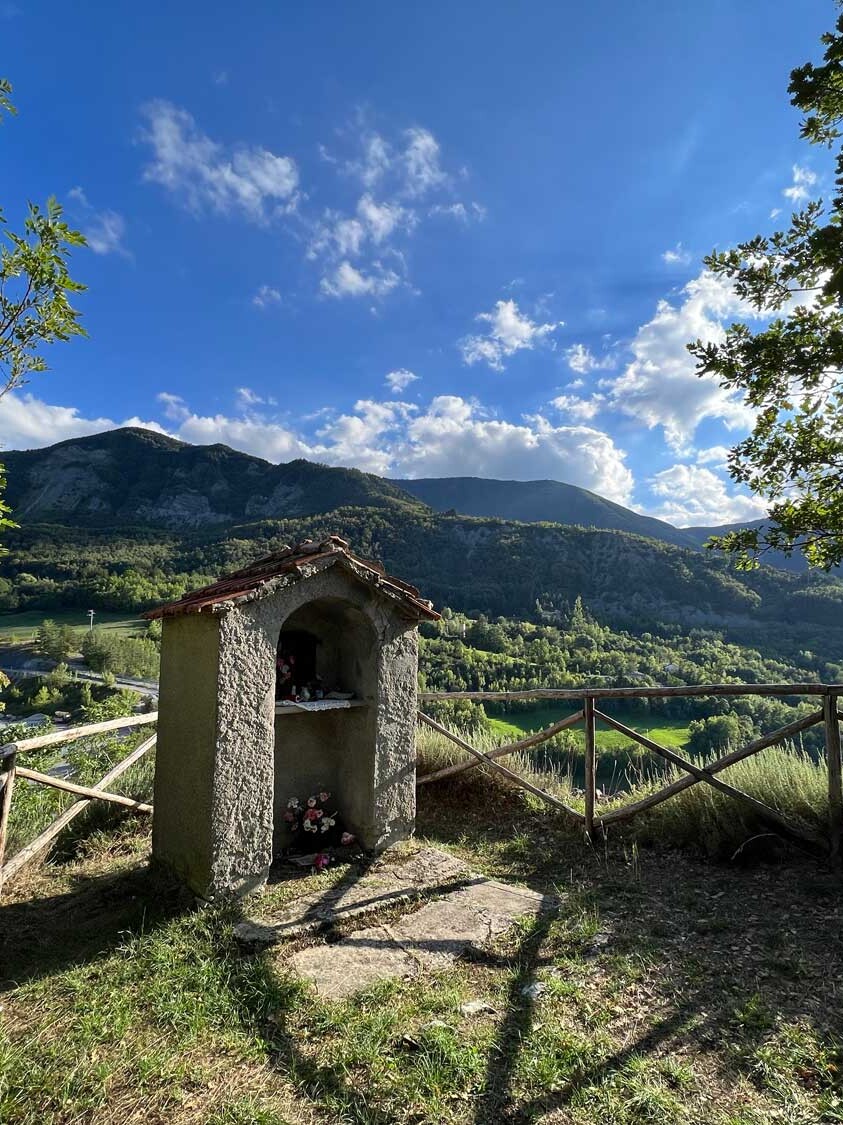Info
- Difficulty Easy
- Length 1,5km andata
- Height difference 50m
- Recommended season All seasons
This is an easy walk through the chestnut groves on the hills around Lama Mocogno, in the municipality of Polinago, leading to the mysterious ‘Devil’s Bridge’: a sandstone monolith in the shape of an arch, surrounded by the most fanciful legends.
Getting there
From the main road SS12 which leads from Pavullo to Lama Mocogno, once past Montecenere, take the uphill road (Via Ponte d’Ercole) marked with the sign ‘Ponte d’Ercole – Sentiero naturalistico’ (Hercules’ Bridge – Nature trail).
After about one kilometre, keep to the right at the crossroads, and you will come to the car park.
Itinerary
This walk will take you to the middle of the forest, where a 33-metre-high rock monolith stands about 3 metres above the ground, and is also known as the ‘Devil’s Bridge’ thanks to one of many legends surrounding this wonder of nature. It is an itinerary particularly suited for children.
Leave your car and continue along the path leading beyond the carpark, which is well indicated by red and white signs.
The path at first passes through fields, with wonderful views opening out to the left, but soon enters a beautiful chestnut grove that is at its very best during the autumn months.
You will come to a crossroads and here need to take the trail to the right.
Along the way, you will come across outcrops of the same sandstone rock which the bridge is made of; first, to the left, a smaller one, and then, further along on the right, a fascinating natural slide made of rock.
The route continues up and down and in a short while brings you to Hercules’ Bridge.
If you have children with you, they will certainly enjoy climbing the bridge: you can also tell them the legend that says if you stick your head through the holes in the rock at either end of the bridge, your head will be chopped off!
The place is also perfect for a picnic, and there are handy picnic tables to be found just beyond the monolith.
The route back is the same as the outward journey.
Curiosity: the Devil’s Bridge
From a geological point of view, Hercules’ bridge is a type of rocky outcrop very common to the area, shaped over the course of time by atmospheric agents.
The bridge has been known since time immemorial: thanks to the presence of a natural spring, this area was frequented back in prehistoric times, as proven by numerous archaeological finds. As you can easily imagine, such an oddity of nature was always considered something supernatural and sacred.
In Roman times, the bridge was given the name ‘Hercules’ bridge’: such a heavy rock could only have been moved by a hero as strong as Hercules.
Finds from the Roman period include large quantities of coins; these were probably votive offerings left directly in the spring waters or in small holes dug in the ground.
It was during the Middle Ages, however, that the arch became known as the ‘Devil’s Bridge’: legend has it that a peasant asked the devil to build him a bridge so that he could cross a raging torrent, in exchange for his soul.
Satan built the bridge during the night, but his attention was then attracted by a group of witches dancing. Distracted by the music, he was no longer in time to take the man’s soul before sunrise.
Since then, still irritated by what happened, the devil punishes anyone who sticks their head through the holes of the bridge, chopping it off.
The Children’s Trekking guide – Bologna and Modena Apennines

This itinerary is taken from the guide “Bimbi Trekking nell’Appennino Bolognese e Modenese” (Trekking for Children in the Bologna and Modena Apennines) published by Odòs Libreria Editrice and written by Silvia Merialdo.
The author works as a science editor for a publishing house and when she finished working for the day, she puts on her hiking boots and sets off to go walking in the mountains. With a long-standing passion for mountaineering, she came up with a different, more gentle and playful way of enjoying the mountains upon the arrival of her son, all the way from China.
In collaboration with the Castelfranco Emilia branch of the Italian Alpine Club (CAI), she accompanies children and their families along the trails of the Emilian Apennines, discovering remote waterfalls, ancient villages and blueberry meadows.
This guide is a collection of the best family-friendly trails and itineraries in the Apennines, all tested through first-hand experience with children.
As well as the actual itineraries, the guide contains curious stories and legends about the places discovered, legends which have their roots in the rich history of the Apennines and are testimony to it.
The 31 itineraries are accompanied by maps detailing the route of each excursion, helping to find your bearings.



